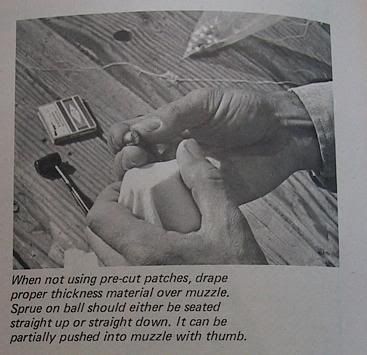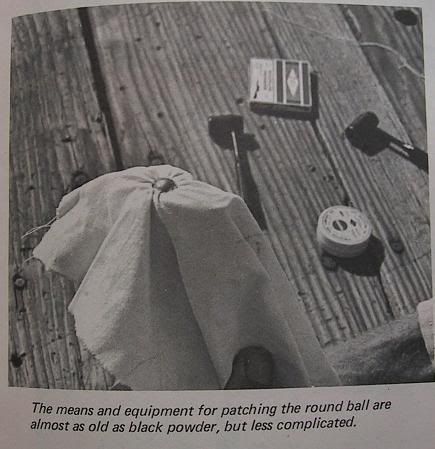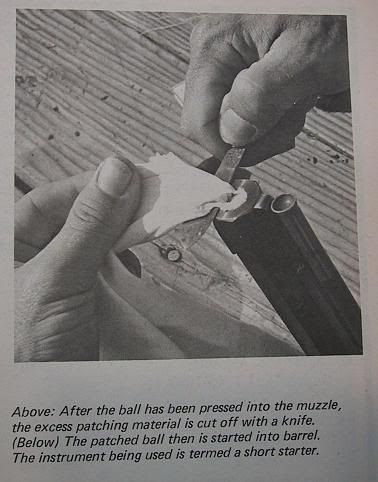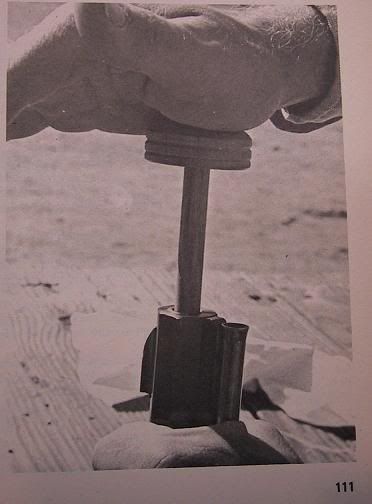Guest
Began experiementing with patch thickness and ball centering today, on my .50 percussion The recovered .010 patches looked like peter cotton tail caught in a smokey combine, balls wouldnt fly right either. SO i am wondering about buying my own pillow ticking and cutting my own patches. Ive read about patch knives but nowhere can I find out just what I am supposed to do to use one? No books I have deal with patch knife use, and cant find any good explaination on the net.
I am guessing that first I need to be able to shove the ball and patch material into the bore with my thumb or the flat of the knife, then what, do you cut off any cloth that sticks up out of the hole? Or do I scrape the blade against the patch and muzzle steel?
>>>----->Apache<-----<<<
I am guessing that first I need to be able to shove the ball and patch material into the bore with my thumb or the flat of the knife, then what, do you cut off any cloth that sticks up out of the hole? Or do I scrape the blade against the patch and muzzle steel?
>>>----->Apache<-----<<<









